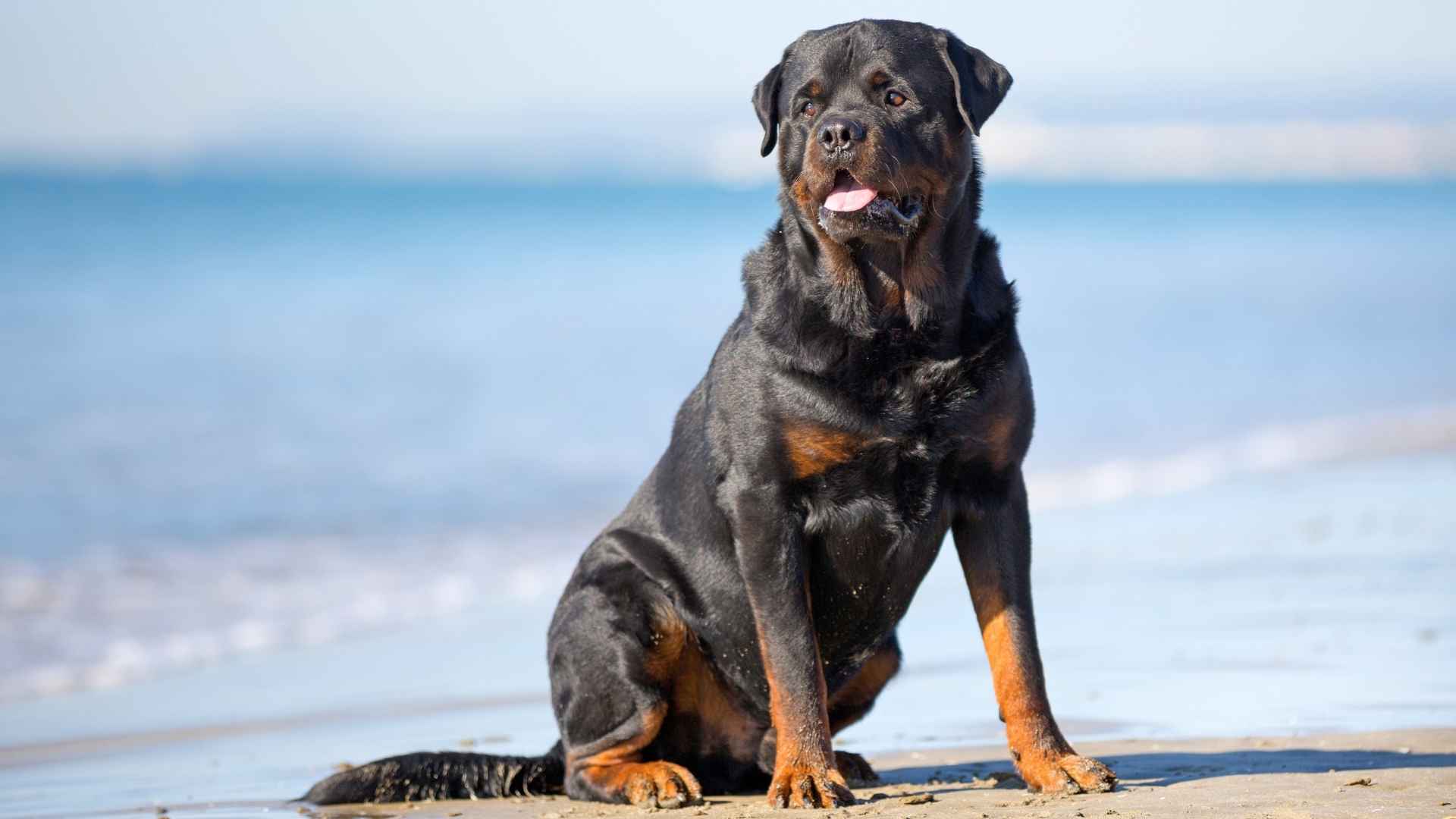You have to have thick skin to survive in this exhausting world where dangers can come from any direction. Some dog breeds took this suggestion literally, and their evolutionary adaptations gave them thick skins to survive when wild animals attacked them.
Besides trying to break the teeth of an attacker, loose skin helps dogs protect themselves from life-threatening injuries during dog fights and wildlife encounters. For instance, if a dog has loose skin around its neck and another animal bites it there, the skin will minimize its impact.
Not all breeds have this built-in protection armor because it comes from a long history of adaptation and getting through harsh times.
Let’s see which breeds have seen hard pasts that made them respond with thick skins.
Guard Dog Breeds With Thick Skins for Wild Animal Attacks
1. Great Pyrenees
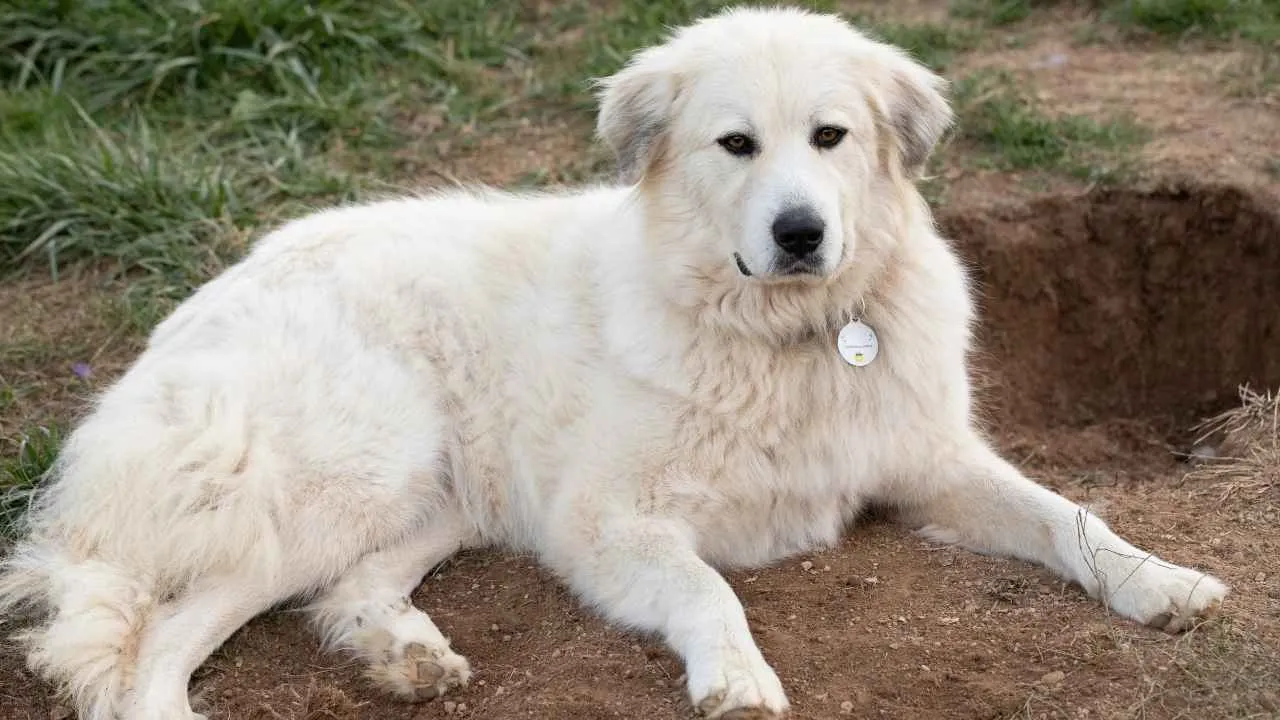
The Great Pyrenees is more than the cutest white dog you cannot resist. It’s a survivor bred for battle in the mountains. According to the AKC, this breed goes way back (like 1800 BC), when it guarded sheep on the steep slopes of the Pyrenees between France and Spain.
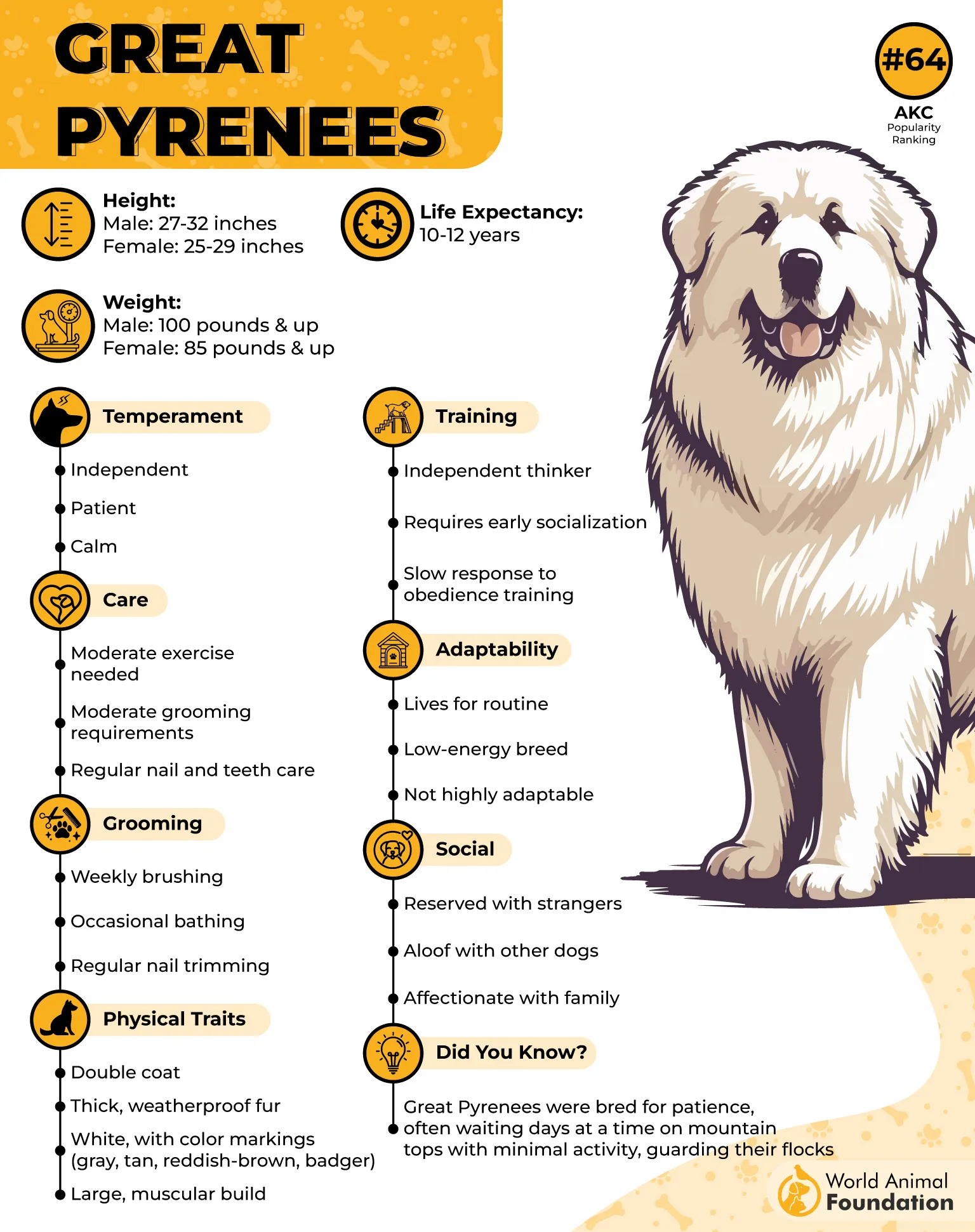
Life up there was brutal. These dogs had to face freezing winds, rocky climbs, and constant attacks from aggressive wolves, coyotes, and bears. Only the toughest dogs made it, and toughness meant thick skin for these pups.
Nature and shepherd did their thing, and dogs that came back alive even after getting bitten were the ones passed down to today’s pets. These dogs’ skin was thick and loose in key areas like the neck and shoulders. So if an animal bit down on a Great Pyrenees during a chase, it couldn’t lock the dog in place.
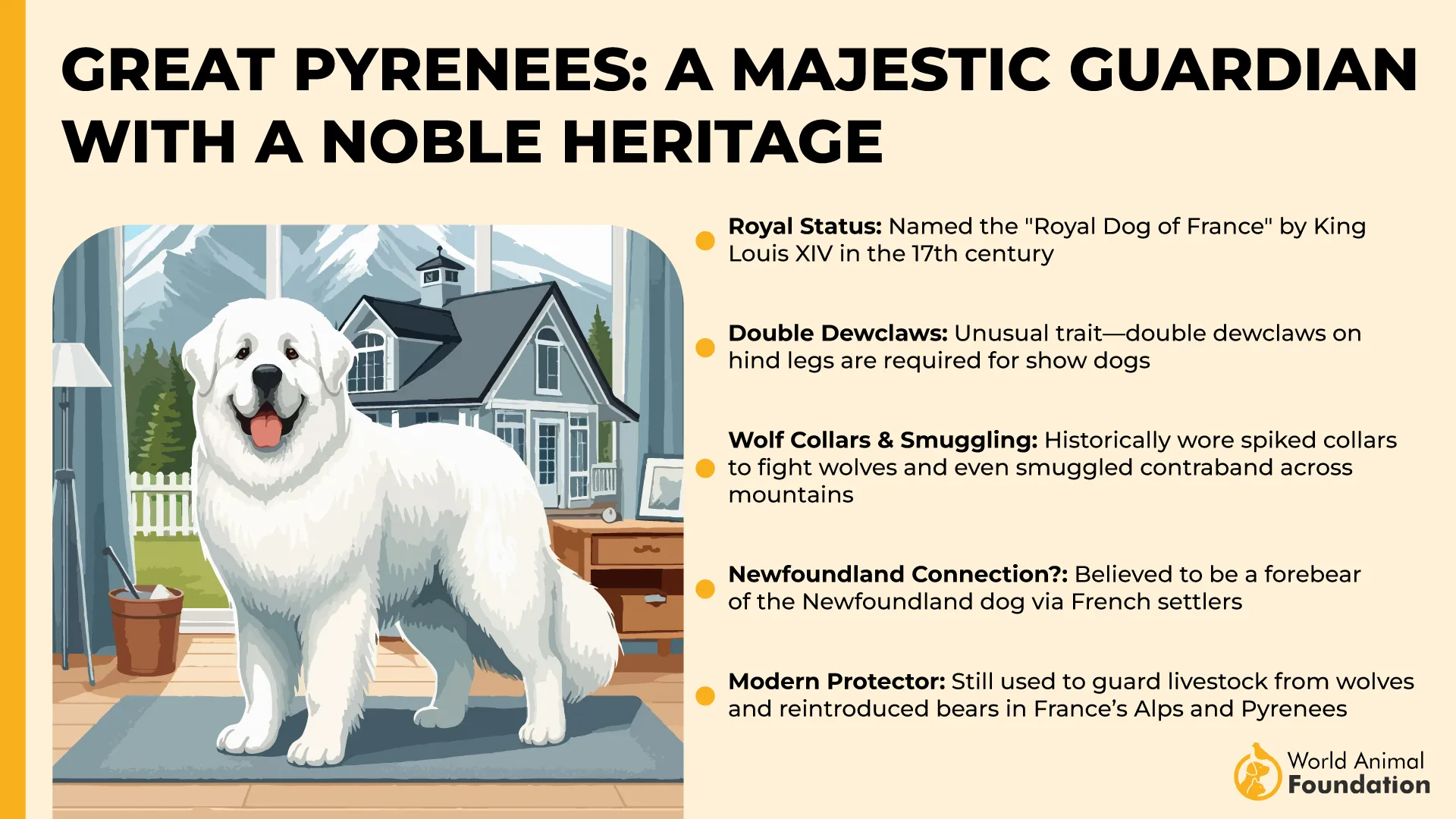
This loyal dog’s skin worked like a natural fence and helped it protect the shepherds’ property and family with ultimate devotion. Not hard to guess why this one is among the most loyal dog breeds.
2. Rottweiler

Rottweiler is usually considered one of the most aggressive breeds with a scary vibe that can make strangers stop in their tracks. But back in the days of living in the wild, Rottweilers had to grow a thick skin to stay safe.
These dogs are considered to be the descendants of mastiffs from ancient Rome, as per PetMD, and they have always been tough. Back in the day, these purebred dogs used to guide cattle herds and guard their camps while crossing the Alps.
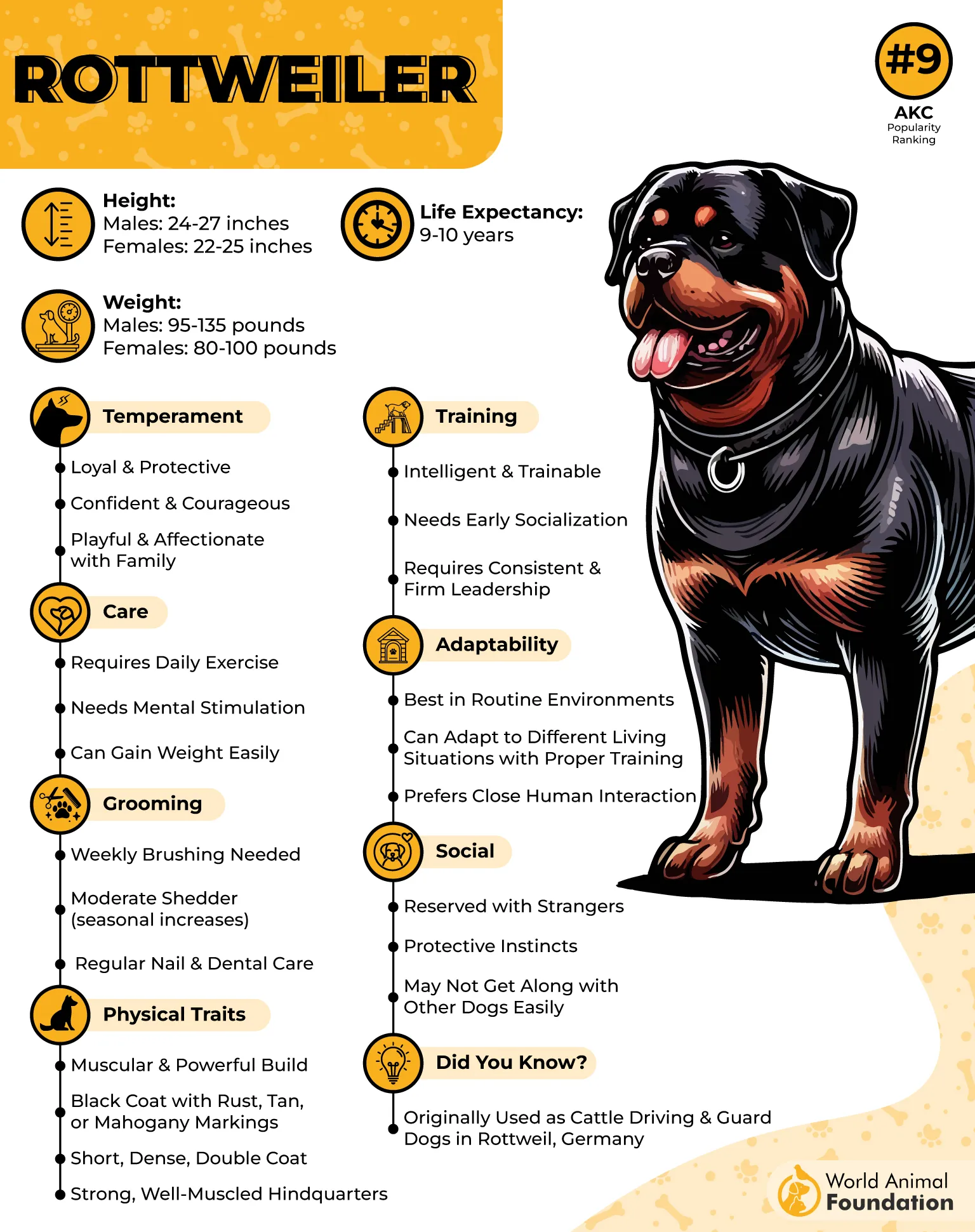
Later in Germany, the Rottweil town turned these intimidating dogs into serious workers after some training. Butchers used them to move livestock and pull carts because of their agility and vicious nature. Their past tells how fearless and dependable these dogs are because breeders needed dogs that didn’t tear up in a scuffle.
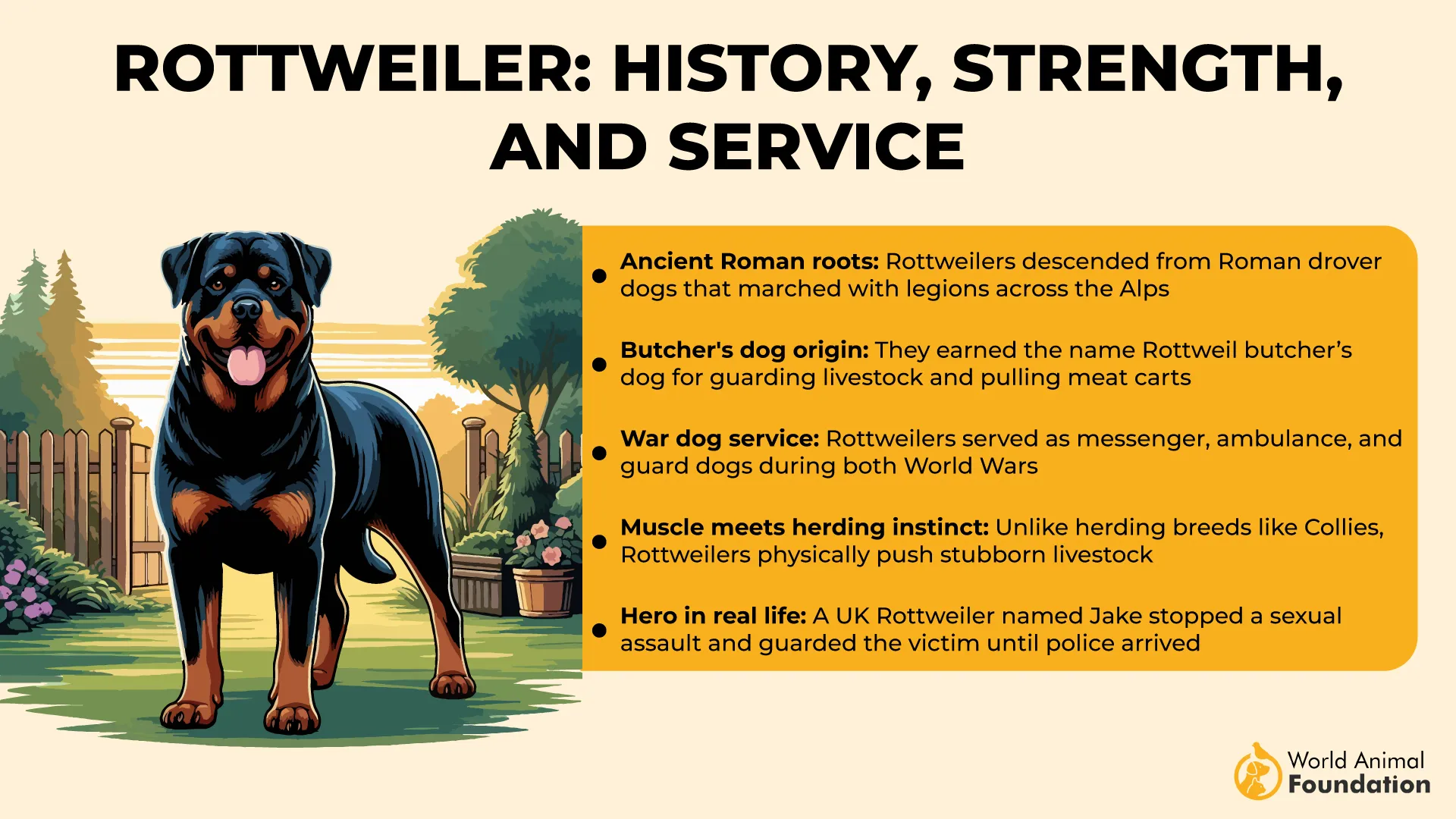
The Rottweiler’s skin naturally became thicker with layers of padding underneath and enough looseness in the neck and shoulders to help them wriggle free if bitten. Also, under these dogs’ coats is a dense layer of muscle that acts like a built-in armor so wild animals’ teeth don’t sink deep.
3. Anatolian Shepherd
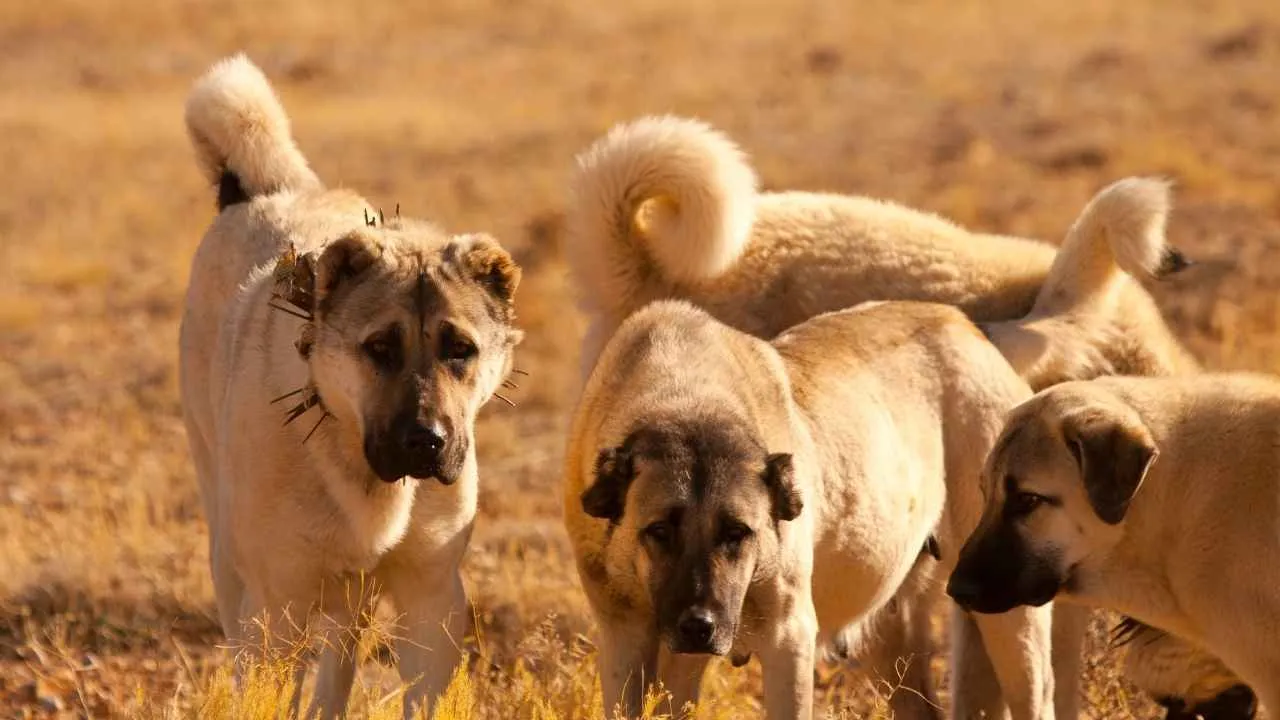
Shepherd dogs probably had the toughest pasts because they had to control farm animals and react when aggression would come from wild animals. Those reactions would often get these dogs into one-on-one fights with strong animals, and to lower the suffering, they developed thick skins over the centuries.
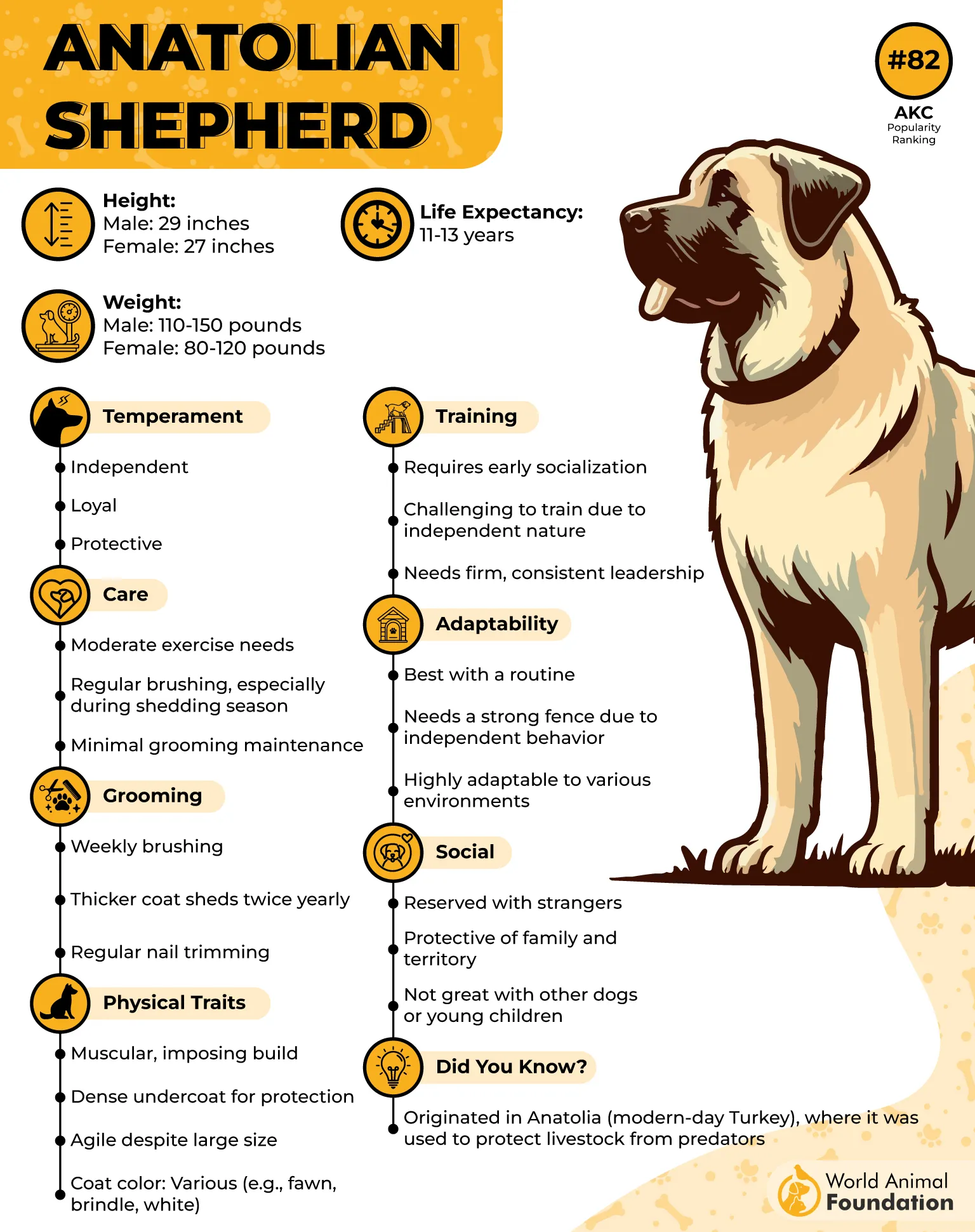
The Anatolian Shepherd was raised on the bare plateau of Central Turkey some 6,000 years ago, as per Purina. Archaeologists trace its forerunners that would walk with nomads through summers hot enough to bake clay and winters cold enough to crack rock.
Such a brutal mix was worsened by animals that would prowl the hills, and these dogs had no choice but to protect themselves. One of the traits they developed to avoid getting hurt or killed was heaps of thick skin and a cushioned ruff over their bodies.
That extra dermal padding spreads the force of a bite and lets the dog twist inside a predator’s jaws, which can buy precious time to counterattack or run for its life.
4. Bernese Mountain Dog
Bernese Mountain Dogs are one of the most popular service dogs because of their obedient nature and ability to remember commands.
This dog might look like a cuddly fluffball, but it’s built tough. This breed comes from the cold and rugged Bernese Alps in Switzerland. For centuries, these dogs worked alongside farmers to pull heavy carts, guard livestock, and stand up to predators.
Life in those harsh mountains shaped the coming generations of these dogs. Today, these are household pets with thick skin. Also, breeders keep picking dogs that could take a hit and keep going, so today’s Bernese Mountain Dog has natural padding to absorb impact and stay safe.
5. Kuvasz
Hungarian nomads needed a dog that could stay out in the open fields day and night and guard livestock without a care in the world.
That’s why the rough past shaped hardy Kuvasz dogs with thick skin for protection. These guardian dogs had no fear and would face death on an eye level when threats approached their herds.
Since their skin was also loose around the head, it added to these dogs’ security armor. In case they were bitten, the bite wouldn’t go deep, and that was their key to survival.
Shepherds created this breed with collagen-rich skin, with muscle padding and strong resistance to tears, so this dog’s personal armor was always strong.
6. Komondor
The Komondor is often called a mop because of its coat, but it’s a serious guardian built for survival. It comes from the wide-open plains of Hungary, where it spent centuries living with livestock and protecting them from wild animals.
In a place where the weather hit hard, this breed developed some smart survival tools like thick skin because dogs that couldn’t take a bite didn’t make it.
That’s why shepherds always preferred dogs that came back from wolf fights with minor wounds and kept refining the breeds to get the ultimate survivor, i.e., the Komondor in this case.
This dog’s coat turns into long cords that form a dense double coat. This coat mats into long, felted strands, and protects the skin underneath from attacks and weather.
7. Akbash

The Akbash is Turkey’s cool-headed warrior with a cool white coat. This breed was shaped by real-life survival on open hillsides where bears, wolves, and jackals were just part of the job.
These dogs were raised by shepherds for thousands of years and made one of the most reliable livestock guardians through and through. In the harsh climates of Western Turkey, the Akbash developed a strong and flexible hide that could take damage without letting it hit anything vital.
Over time, the Akbash became known for its hardiness and calm, no-drama attitude around livestock.
Conclusion
This world runs on survival of the fittest, and dogs are proof of that. Because they had difficult and dangerous jobs in the past, they adapted. These aggressive breeds developed thick skins that would help them evade enemy attacks and still do their duties.
All the above-listed canines have been through rough pasts, and they only came out stronger. Exactly the spirit we should all aim for.


